雖然我原本這個週末計劃去遠足,但我終於都決定參觀一些位於九龍及新界未參觀過的地點。這個網誌帖子很明顯地就是我首次所用英中雙語寫的一篇帖子(這是我很久想做的一件事);希望可以繼續這一個做法啦!
Today's (i.e. Saturday, July 26) itinerary is as follows:
(Take MTR from Hang Hau Station to Lok Fu Station)
1. Visit the Kowloon Walled City Park
2. Eat lunch at Sam Woo Restaurant
(Take MTR from Lok Fu Station Sha Tin Station)
3. Visit the Hayao Miyazaki and Bruce Lee exhibitions at the Hong Kong Heritage Museum
(Take MTR from Sha Tin Station to Yuen Long Station)
4. Walk the trail in Nam Sang Wai
今天(即七月二十六日週六)的行程為以下:
(搭地鐵從坑口站到樂富站)
一.訪問九龍城寨公園
二.在三和 吃午餐
(搭地鐵從樂富站到沙田站)
三.訪問香港文化博物館的宮崎駿及李小龍展覽
(搭地鐵從沙田站到元朗站)
四.訪問南生圍徑
The journey to Kowloon Walled City Park (located at the east of Kowloon Peninsula, near the old Kai Tak Airport) is really beautiful, passing by pristine gardens and the majestic mountains north of Kowloon:
往九龍城寨(位於九龍半島以東,近香港舊啟德機場)的路程經過翡翠的花園、壯麗的山—真的美麗到令人入迷!

First stop: Kowloon Walled City Park. When the British first took control of Hong Kong (at first, only Hong Kong Island was placed under British rule), the Chinese Empire (Qing Dynasty) hastened to establish a fort at Kowloon on the other side of Victoria Harbour to keep the British in check. This fort was Kowloon Walled City. Indeed, even after the British eventually gained control of Kowloon and New Territories, the fort remained legally Chinese territory (i.e. Qing Dynasty, Republic of China, and then the People's Republic of China). However, neither the colonial Hong Kong government nor the Chinese government ever exercised any effective legal jurisdiction in the fort. And for the latter half of the 20th century, the Kowloon Walled City became a haven for drug dealers, prostitution rings, illicit factories, and unlicensed doctors. In the end, the Walled City was demolished just before the handover of Hong Kong on the joint agreement of both the Hong Kong and Chinese governments, with a Chinese garden built in its stead.
第一站:九龍城寨公園。當英國最初佔領香港之後(當時英國只佔領香港島),清朝急忙地在於維多利亞港對面的九龍設立了一間堡—九龍城寨。的確,甚至英國佔領到九龍及新界之後,九龍城寨仍然屬於中國領土(多年來屬於清朝、中華民國、以及中華人民共和國)。但因法律情況不清楚,中國政府和英屬港府多年來也沒有實施真正法輪管轄。因此,二十世紀下半成爲一個毒販、賣淫團伙、非法工廠、以及無牌醫生的天堂。最終,因爲香港及中國政府合意這個做法,九龍城寨回歸前幾年被拆除而更新爲一座公園。
It is clear from the outside that the park has retained its old grey-brick fort walls but don't judge...
外表的公園牆壁維持了舊灰磚牆壁,但不要以貌取人……
... because inside the old walls is a brand-new, beautiful Chinese garden.
……因爲在此牆壁裡面就是一座又新又美麗的中式公園!
In fact, as I walked through the Chinese garden, I was reminded more than a few times of the one in Chi Lin Nunnery. The calm atmosphere and subdued colours of the garden really made me marvel at the great contrast with the Walled City's turbulent past.
其實,我逛著公園時不少次想起這個中式公園真的和志蓮淨苑的很相似。這種寧靜及柔和的彩色令到我想起九龍城寨過去與現今的情況大差別而很驚喜。

In fact, compared to the other more famous Chinese gardens in Hong Kong like that in Chi Lin Nunnery or Wong Tai Sin, this one in Kowloon Walled City is almost completely devoid of tourists. Perhaps the reason for this is Kowloon Walled City's infamous reputation as a den for criminal activities. Most visitors to the park are mainly locals taking a Saturday morning stroll, doing tai-chi, or spending time with family.
和其它更加著名的中式公園來說(例如志蓮及黃大仙的那兩個),九龍城寨的公園幾乎沒有遊客,可能因爲九龍城寨未能夠完全擺脫自己的違法懷名聲,所以參觀公園的人大多數都是爲星期六朝早散步、打太極、或同親人花些時間。
Placed on the inner walls of this building is a set of Chinese poems based on one-character themes. This one - entitled 靜 (Tranquility) - seems like an apt metaphor for the atmosphere of the garden.
貼在這間房的牆壁上就是幾首詩,每首也以一個字為主題—例如這一首詩《靜》,真的恰當地代表公園的氣氛!
After a bit more walking, I arrived at the restored Yamen (official's residence building) of the old fort that the Walled City used to be. It holds exhibits about what life was like for ordinary inhabitants and displays describing the history of the Walled City.
我逛不久就達到維修了的衙門;以前當官員的住宿,現今就舉辦關於普通住民的生活展覽及陳列了九龍城寨的歷史。
A model of the Walled City as it used to be in the Qing Dynasty.
繪畫清朝時九龍城寨的模型。
And a model of the Walled City as it appears now.
以及一個繪畫現今九龍城寨的模型。
This map shows the intricate structure of the old Walled City's internal streets, alleys, buildings, and wells.
這一幅地圖繪畫以前的九龍城寨仔細内街、巷、大樓、及井。
我一入了展覽區就感觸到九龍城寨普通住民千辛萬苦的生活;他們不但要面對危險的非法行動,也要接受不衛生的生活條件。
The above two photos are snapshots from exhibitions depicting the contrast between children playing on the rooftops by day and the drug dealers who come out at night.
以上的兩幅照片來自描述九龍城寨住民的生活;據悉,白天時屋頂有兒童玩,但一夜間時就有毒販聚集。
Too bad that one of the exhibition short clips couldn't play - it seems like that had some trouble booting up!
真可惜一個展覽短片沒能播放—似乎有電腦錯誤!
According to a sign, you can see Lion Rock (a famous peak in Kowloon) from the second storey of this building but the stairs were closed on that day.
根據一張牌來説,如果你上這棟樓的第二層就可見到獅子山(九龍一座很著名的山),可惜樓梯不准旅客使用。
One of the few remaining cannons from the old fort.
舊堡剩餘其中一門炮。
The Twelve Chinese Zodiac...
十二生肖……
According to a sign, a team of Japanese researchers was sent to the Walled City to carry out some measurements just before it was demolished. The above model and cross-section of the Walled City are based on those measurements.
根據一張牌,九龍城寨臨被拆除之前有一隊日本研究家來九龍城寨做測量;以上的無形和橫截面跟這個研究造出來的。
I soon left the Walled City and it began to pour...luckily I brought my umbrella and raincoat.
我離開九龍城寨不久就開始下雨……幸好我已經帶了雨傘、雨衣。
Initially, the rain was not very heavy, so I continued to walk towards Lok Fu Station. When the rain intensified and my entire lower body was completely soaked, the only shelter I could find was under these trees.
最初,雨下到不重,所以我繼續走往樂富站;但不久之後,雨開始下到很猛烈—我整個下半身全濕了,只好在這一叢樹下避雨。
Eventually, I made my way over to take shelter under inside an overpass - the rainwater was flooding down the steps so I stepped carefully.
我終於離開叢樹之後就向一個天橋裡面避雨—雨水很轟轟烈烈地湧落樓梯級,我很謹慎地踏步。
I knew that the rain could not keep falling at this volume for too long and sure enough, I was able to walk out after only 10-15 minutes. When I walked out, I was greeted by the sight of the famous Lion Rock. The angle was perfect - the mountain peak really did look like a lion!
因雨下到那麼猛烈,我知道不能繼續下很久;果然我等了十至十五分鐘之後雨就停了。我走出那時就看到九龍著名的獅子山—我的角度明確的很好,獅子山真像獅子!
By the time I arrived at Lok Fu Station, I was starting to get hungry, so I stopped by at Sam Woo Restaurant near the Station. Growing up in the Toronto area, I remember there being a Sam Woo Restaurant in the area so I decided to see how the Hong Kong version of the restaurant was like.
我達到樂富站那時開始餓了,所以停在近地鐵站的三和茶餐廳去吃午餐。我記得在多倫多地區長大那時也有稱為《三和》的餐廳,所以我很好奇地要嘗試這個香港《三和》。
The Sam Woo's that I remembered was a Barbecue Meat restaurant while the one I found myself in was a cha-chaan-teng (Hong Kong-style cafe) so of course things were completely different. I could only choose one of several daily specials so I picked the Octopus and Pork Meat on Rice with a Chinese-style soup, and a hot yin-yeung (a coffee-tea-condensed milk mix). The bill amounted to $40 HKD.
我所記得的三和就是一間燒肉舗,我現坐在的那間三和就是茶餐廳,所以事情完全不一樣。我只可以選擇今天推介的幾餐飯其中一個,所以就選擇了《章魚肉餅飯》、中式湯、及熱鴛鴦(咖啡、茶、及煉奶混合一起的飲料)—總共花了四十港元。
I took the MTR from Lok Fu Station to Sha Tin Station, where (I forgot to take pictures) political activists were canvassing passerby to sign an Anti-Occupy Central petition (for those unfamiliar with contemporary Hong Kong politics, Occupy Central is a political movement promoting blockading of the Central business district of Hong Kong in protest of the central Chinese government's sole power to nominate candidates for Hong Kong's head of government, the Chief Executive). The main arguments of the activists were that Occupy Central would entail violence, cause social disorder, and severely damage Hong Kong's economy.
我從樂富站搭了地鐵往沙田站,而遇到所謂《反佔中》的活動家在邀請普通市民來簽他們的支持表格。如果你對於現代香港政治事物不熟悉的話,我解釋一下:《佔中》是一個針對中央政府篩選香港行政長官的提名做法,而主張發動示威及封鎖香港的商業重心—中環。此活動家認爲這個行動不會對香港帶來利益而帶來暴力、引起社會混亂、及嚴重破壞香港經濟。
The area around Sha Tin Station mainly consists of residential high-rises but there are still small village houses and markets such as this one:
沙田站付近的地帶大多包括住宅大廈,但仍然有以下一些小村屋、街市:
In fact, as with most old village buildings, the ancestral building is sandwiched between much newer buildings but still clearly valued by the community (as evidenced by the generally well-maintained exterior).
其實,這一間祠堂與香港其它的大多數舊村屋一樣;兩邊也被比較新屋接近,但明顯地仍然備社會珍惜,而被村文好好保持下來。
Near the Station is also a small amusement park called "Snoopy's World", filled with Peanuts-themed motifs.
近地鐵站也有一場所謂《Snoopy的世界》娛樂公園,充滿Peanuts為主題的東西。
Although Sha Tin (as a residential satellite town) lacks the historical and cultural background found in other areas of Hong Kong, it has its own charms. Mountains flank the residential buildings which in turn flank the Shing Mun River in the middle.
雖然沙田因爲成爲了所謂的《衛星城》而失去了香港其它地區的歷史、文化背景,但沙田仍然有自己的魅力。城門河兩邊也被住宅大廈圍著,新界的山脈也位於住宅大廈兩邊。
Sha Tin Park is also very nicely designed and has its own share of people practicing martial arts (in the below pictures, practicing the "sticky-hands technique")
沙田公園也很好地設計;以下兩幅相片為例,有人在公園内練習功夫、練習《黐手》!
Finally, I arrived at my planned destination - Hong Kong Heritage Museum. Apparently, the exterior was designed to resemble an Imperial Chinese palace.
我終於達到我計劃的地點—香港文化博物館;根據資料説,博物館外表設計到與中式宮殿相似的。
First, I went to the Hayao Miyazaki exhibition, which was sponsored by Studio Ghibli and had already enjoyed enthusiastic receptions in Korea and Japan. The exhibition shows (for the low student price of $10 HKD) the original storyboards of every single Studio Ghibli production that you can think of, from Spirited Away to Princess Mononoke and from My Neighbor Totoro to The Wind Rises.
我首先去訪問關於宮崎駿,而且「吉卜力工作室」贊助的展覽;這個展覽不但在香港舉行過,而取得日本、韓國人的人氣。只要花10元就可以看到「吉卜力工作室」所有的作品的分鏡(英:storyboard),包括《千與千尋》、《魔法公主》、《龍貓》、《風起了》、等等。
The exhibition explains each of the technical terms and funny notes from Miyazaki himself on the storyboards. For example, it explains that the strange red lines outlining the edges of the characters labelled ク ミ (kumi) were an abbreviation for the technical term ク ミセン / 組綫 / kumisen which referred to parts at which the animators had to draw different background sheets to ensure that the characters could move behind background objects smoothly. In another case, a storyboard was marked with the note that a fish could be drawn more realistically if the animator watched a certain Japanese fishing show popular back then.
展覽入面具有很多資料牌解釋很多的動畫術語及宮崎先生的親自寫的編輯注釋。例語有一個資料版解釋很奇怪的圍繞主角而被標記為ク ミ (kumi)的紅色綫的意義:ク ミ (kumi)就為日文術語ク ミセン / 組綫 / kumisen 的簡稱,來代表提醒動畫家必須分開畫背景的部分,故此角色才能夠走往背景東西後面。在另外一幅分鏡被加標誌,呼籲動畫家看某一個日本釣魚電視系列,來學習怎麼畫現實的魚。
Unfortunately, the storyboards are intellectual property of Studio Ghibli so I couldn't take any pictures inside the exhibition - here are some interesting pictures I took outside the exhibition though:
可惜,分鏡是「吉卜力工作室」的知識產權所以我不能攝影展覽入面的很精彩分鏡,但我有影幾幅展覽外的相片:
Above are some shots of a wall where visitors to the exhibition can post their own drawings on a circular piece of paper and stick it onto the wall.
以上的兩幅相片顯示博物館某一棟牆壁,譲客人來貼在牆壁上他們所畫在一張小圓型紙貼上的畫。
Apart from the special exhibitions, there is also a regular exhibition that showcases Chinese art. The following timeline lists the years that the Chinese dynasties were in power. Most interesting is the tape covering the last Chinese dynasty. Behind the peeling corners, one can just make out the year "1949" - clearly, someone felt the need to correct the reference to the Republic of China.
除了特別展覽之外,也有一個展覽中國藝術的一個普通展覽;在這個展覽内有一個中國年代的列表。很奇妙的是右下角的膠紙;瞞著“1949”的年份—博物館明顯地不覺得中華民國是一個中國年代!
Another interesting exhibition at the Hong Kong Heritage Museum is the one showcasing Bruce Lee, the famous martial artist who grew up in Hong Kong. Here, I took a picture of his and his wife's collection of personal Chinese seals:
文化博物館還有一場很精彩的展覽;這個集中在香港張大的著名武術家,李小龍。以下的幅相片顯示李先生和其妻子的圖章:
The exhibition also holds documents pertaining to Bruce Lee's student life. Below is a photo of records showing Bruce Lee's terrible academic record. If you look close enough at the report card on the right, you will notice that Bruce Lee ranked among the worst in his class at St. Francis Xavier's College.
此展覽也具有關於李小龍的學生歷史文件,以下的相片顯示他的積極不圓滿的學歷。如果你把右邊的成績表來看真一些就可以看到他實在排在他年班幾乎最弱的學生。
Bye bye, Studio Ghibli!
「吉卜力工作室」再見!
Then, I took the MTR to Yuen Long - the area around there is really beautiful!
我然之後搭了地鐵往元朗,付近區域真很漂亮!
After getting off at Yuen Long Station, I walked north to Nam Sang Wai, a wetland park in Hong Kong. Here is the entrance to a village that I passed on my way there:
我在元朗站下車之後就往北走到南生圍—香港濕地公園其中之一;以下是我經過的某一個村:
Nam Sang Wai is separated from the rest of Yuen Long by a creek so I paid $6 HKD to get ferried across on the little boat.
南生圍與元朗之間有一條小河,所以我花了六元來坐在小舟渡河。
Apart from me, there were a lot of other people in the park: photographers, joggers, and cyclists.
除了我之外也有很多其它人在公園内,包括攝影師、長跑者、及踩單車者。
Eventually, I made my way back to Yuen Long Station:
我終於達到元朗站:
And then transferred to Choi Hung Station, where I grabbed dinner, some bakery goods, and lychees before taking the minibus back to HKUST. I took the below pictures around the Choi Hung area:
然後轉達彩虹站,在此吃飯、買麵包店東西、荔枝、等才上小巴回到科大。以下幾幅相片拍攝於彩虹站付近的:

Here are some bakery goods that I bought at Maxim's bakery at the station: Chocolate Chiffron cake, Japanese red-bean pancake, and some Raisin buns.
以下就是我在地鐵站所買的一些麪包品,包括朱古力chiffron蛋糕、日式紅豆班戟、及一些提子乾麪包。
And some lychees that I bought at a street market outside Choi Hung Station. If I remember correctly, they were about $30-40 HKD per pound so I didn't buy too many. The longans I bought recently at the Park 'n Shop at HKUST.
還有我在彩虹站付近的某一間街市所買的一些荔枝,如果我沒有記錯的話要每磅花了30至40元,所以我沒有買太多。在相片中的一些龍眼就是我在科大百佳所買的。








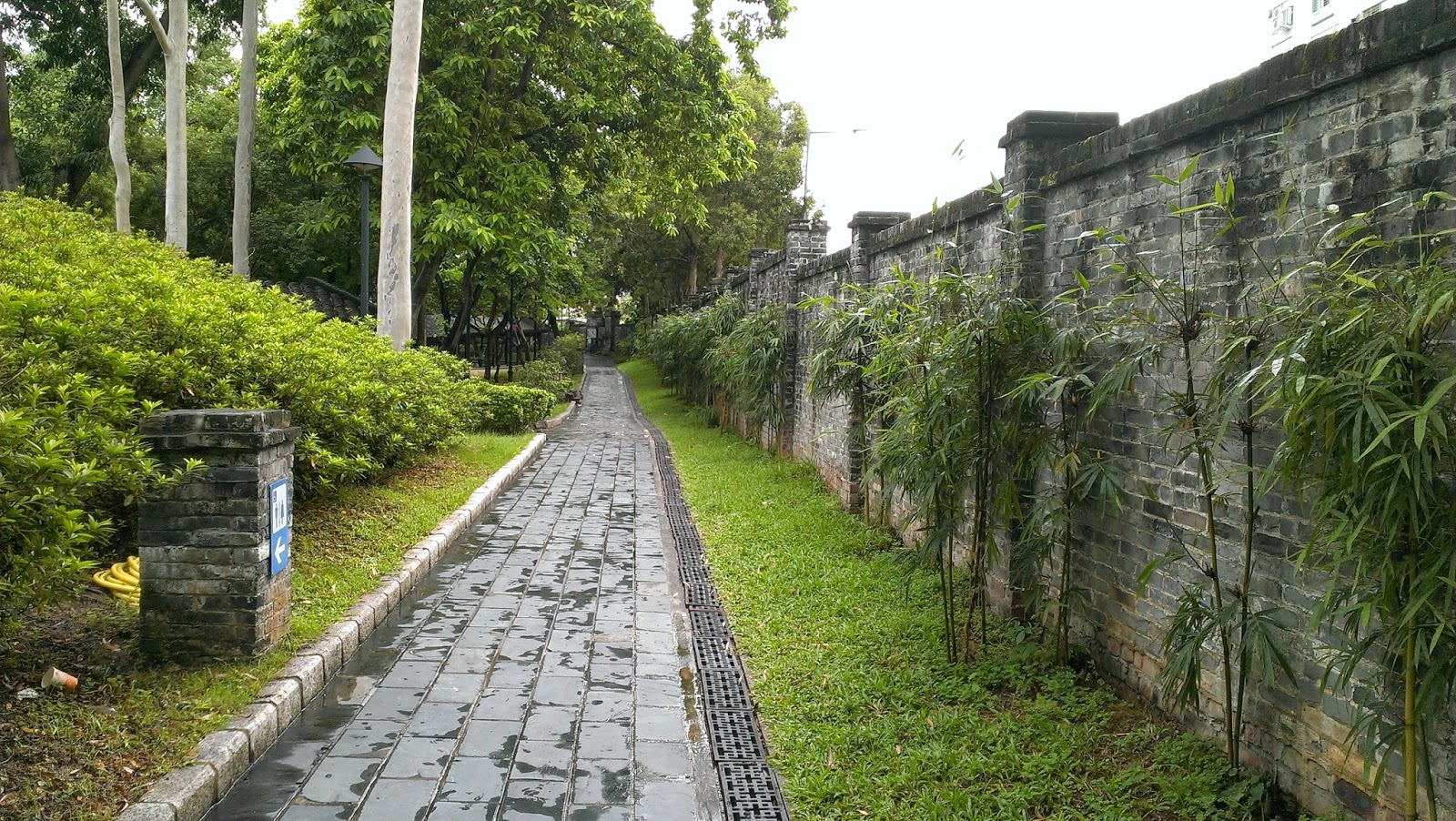


















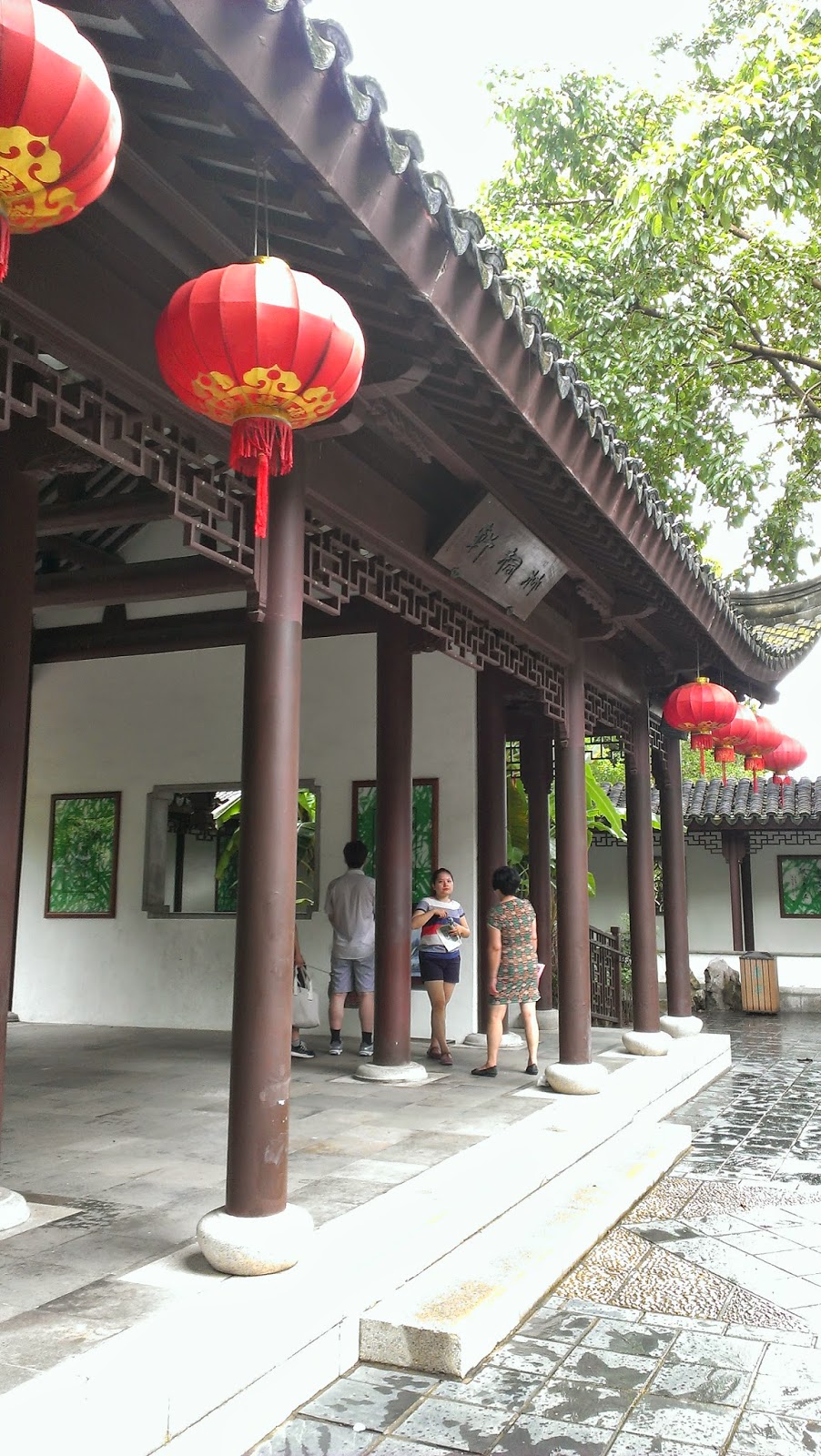











































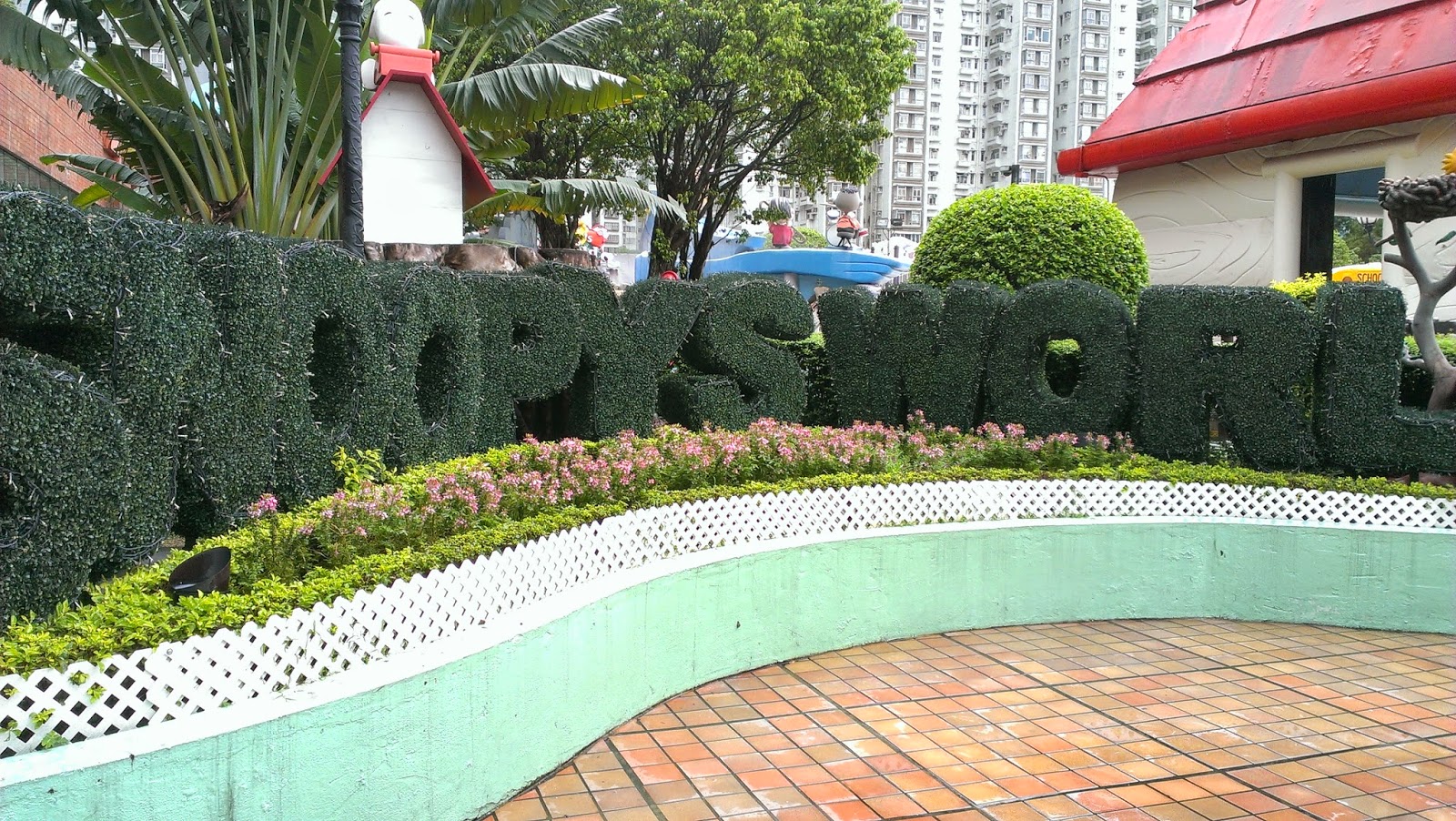





















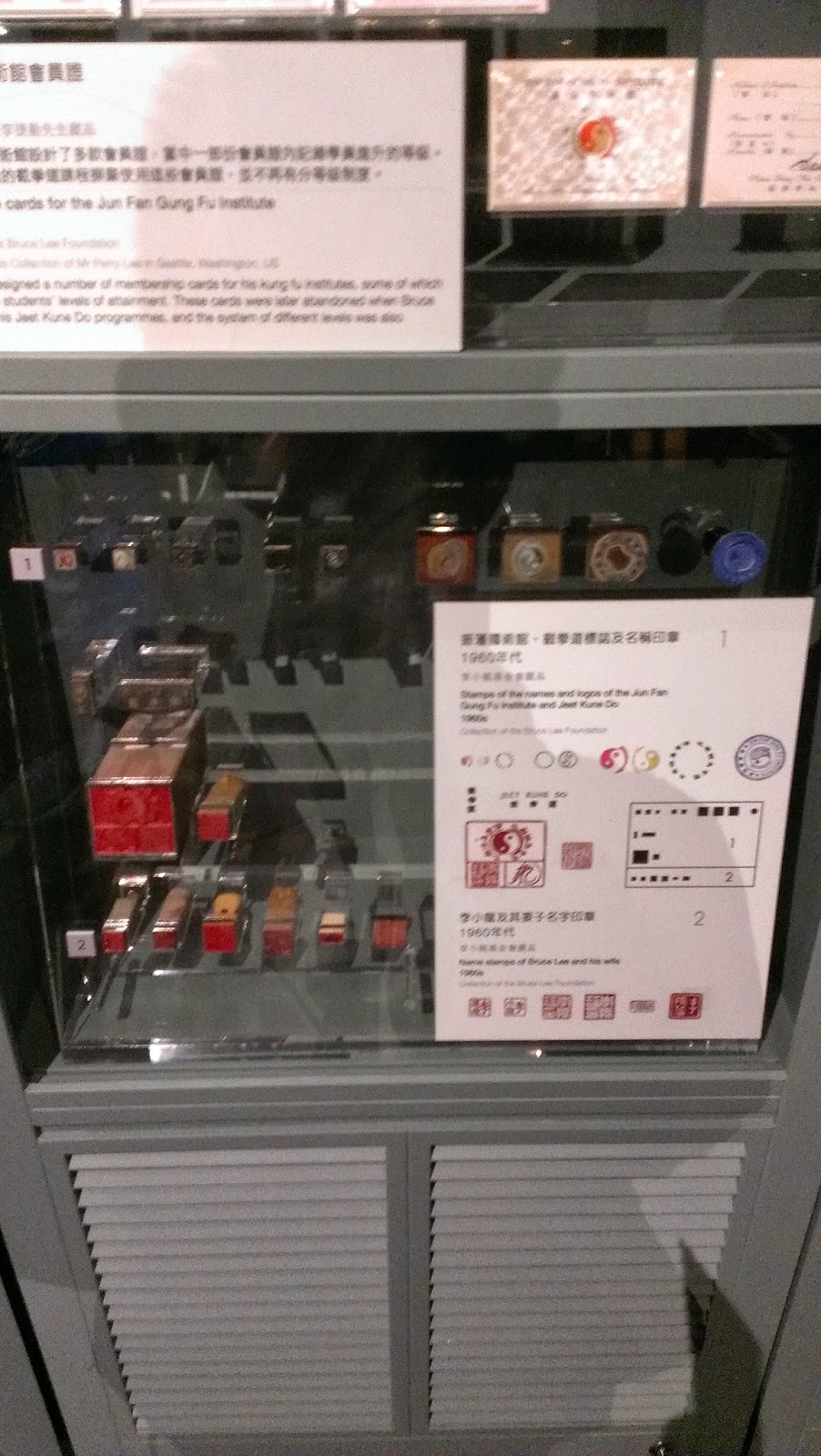









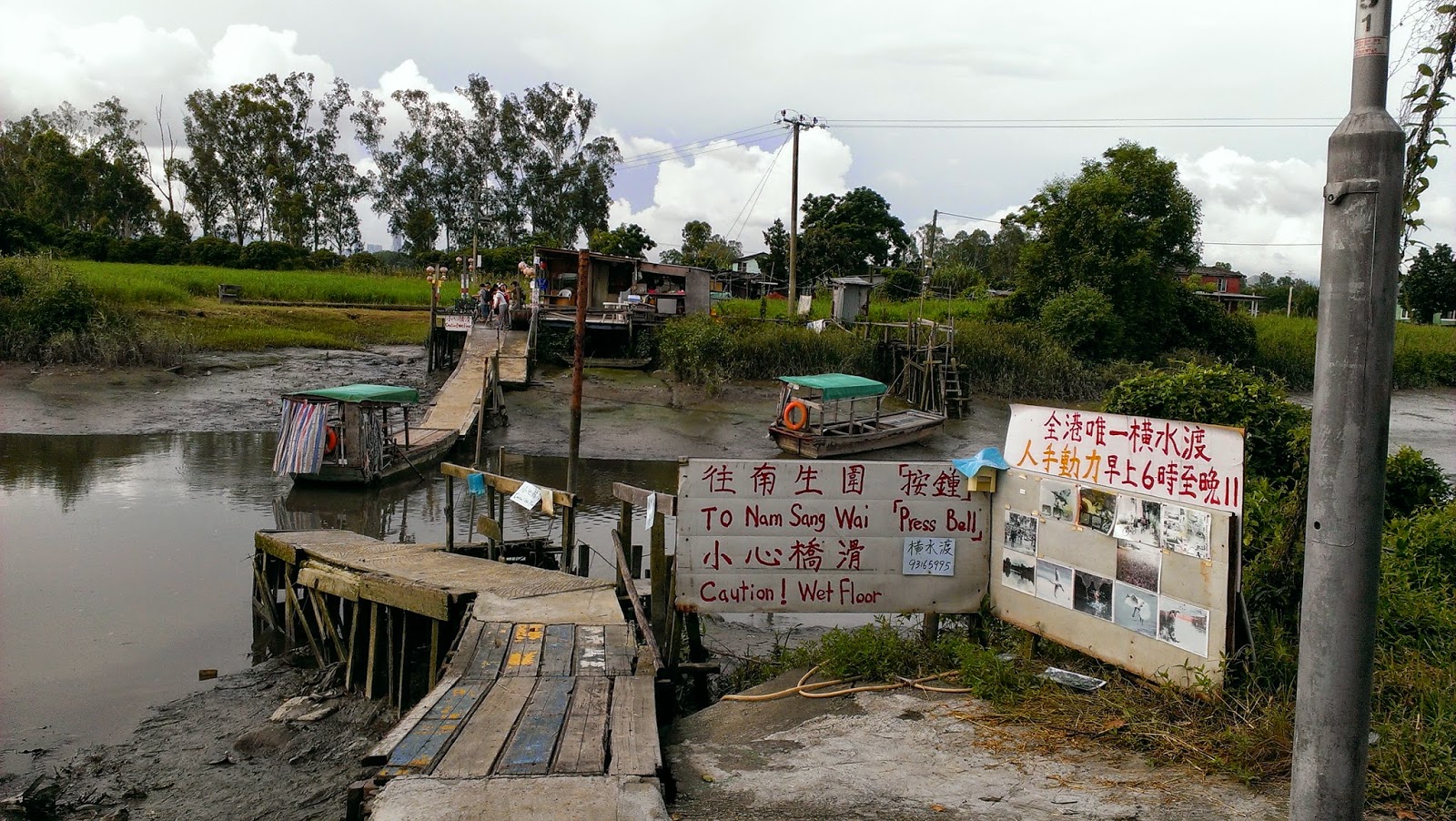



































No comments:
Post a Comment